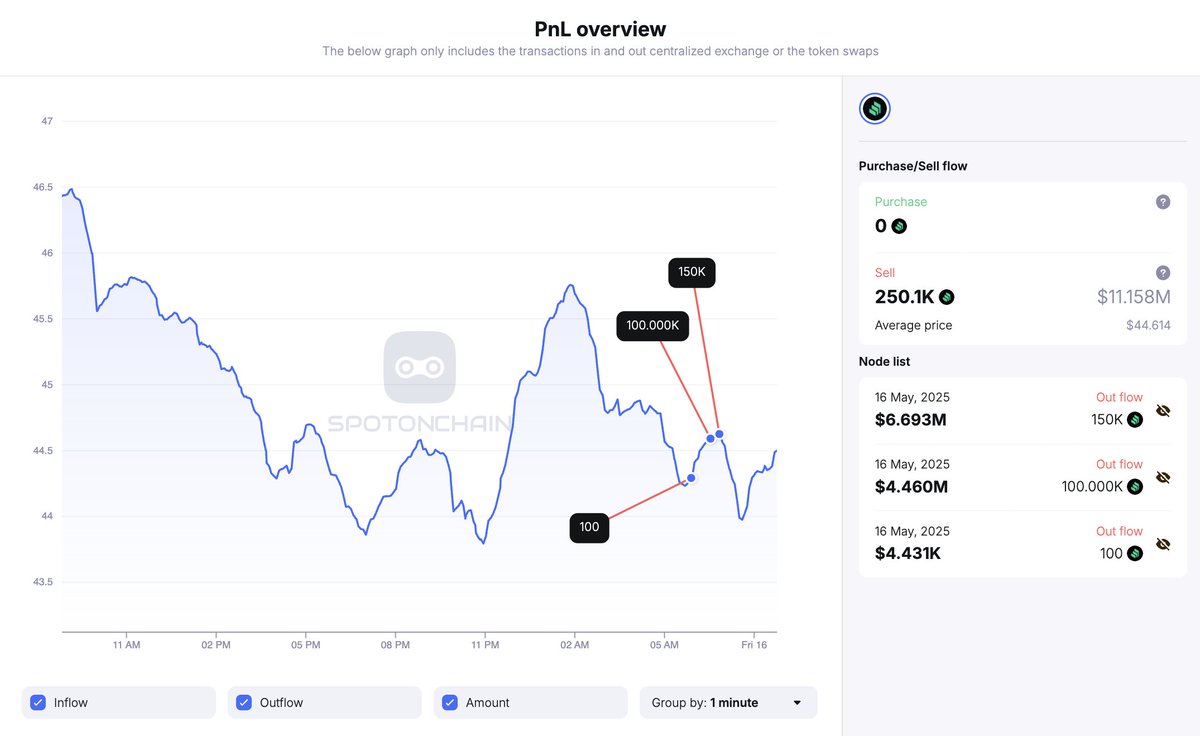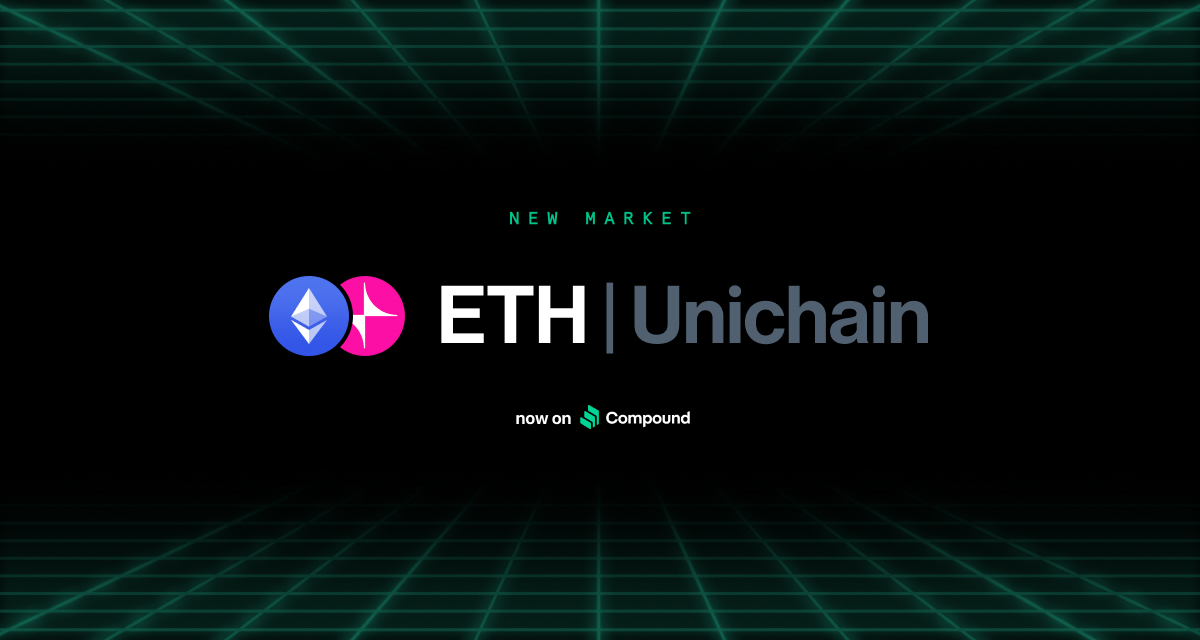Compound (COMP) ist eine Kryptowährung, die eine wichtige Rolle bei der Gestaltung der Zukunft der Kreditaufnahme- und Kreditprotokolle in der dezentralen Finanzbranche (DeFi) spielt.
Was ist Compound?
Compound ist ein bekanntes DeFi-Protokoll, das seinen nativen Token COMP als integralen Bestandteil seiner Plattform nutzt. COMP ermöglicht Benutzern den nahtlosen Zugriff und die Nutzung der von Compound angebotenen Dienste. Eines der entscheidenden Merkmale von COMP ist seine Governance-Funktionalität, die es Token-Inhabern ermöglicht, sich aktiv am Entscheidungsprozess zu beteiligen. Durch den Besitz von COMP-Token haben Benutzer die Befugnis, Änderungen und Verbesserungen des Protokolls vorzuschlagen und darüber abzustimmen, sodass sie dessen zukünftige Entwicklung mitgestalten können.
Das Compound-Team
Das Compound-Team besteht aus Blockchain-Programmierern und Unternehmern, die von der gemeinsamen Vision angetrieben werden, ein effizientes und zugängliches Finanzsystem aufzubauen. Robert Leshner leitet das Team und bringt Fachwissen in den Bereichen Wirtschaft und Finanzen ein. Das Team hat bemerkenswerte Meilensteine erreicht und sich eine Finanzierung von über 8 Millionen US-Dollar von prominenten Interessenvertretern gesichert. Derzeit verwaltet das Compound-Protokoll Vermögenswerte im Wert von über 1 Milliarde US-Dollar, was den Erfolg des Teams beim Aufbau einer robusten und vertrauenswürdigen Plattform unterstreicht.
Wie funktioniert Compound?
Compound fungiert als DeFi-Protokoll, das das Verleihen und Ausleihen von Kryptowährungen erleichtert. Basierend auf der Ethereum-Blockchain können Benutzer diese Aktivitäten transparent und sicher durchführen.
Der native Token der Plattform, COMP, dient zwei Zwecken: Governance und Anreize. COMP-Inhaber haben die Befugnis, Änderungen am Protokoll vorzuschlagen und darüber abzustimmen und so dessen Zukunft zu gestalten. Darüber hinaus ist COMP ein Belohnungsmechanismus, der Benutzer dazu ermutigt, Vermögenswerte bereitzustellen oder gegen Sicherheiten Kredite aufzunehmen. Dies schafft Anreize zur Teilnahme und trägt zur Gesamtfunktionalität der Plattform bei.
Der native Token von Compound: COMP
Der native Token von Compound, COMP, spielt eine entscheidende Rolle im Ökosystem, indem er mehrere Funktionen erfüllt. Mit einem maximalen Angebot von 10 Millionen operiert COMP auf der Ethereum-Blockchain als ERC-20-Token. Es wird für Governance- und Liquidity-Mining-Belohnungen innerhalb der Compound-Plattform verwendet. Inhaber von
COMP-Token können Änderungen am Protokoll vorschlagen und darüber abstimmen und sich so aktiv an der dezentralen Steuerung der Plattform beteiligen. Dies befähigt die Community, die zukünftige Ausrichtung von Compound zu gestalten.
Darüber hinaus werden COMP-Tokens als Anreiz für Benutzer verwendet, die sich am Liquidity-Mining-Programm des DeFi-Protokolls beteiligen. Durch die Bereitstellung von Liquidität für die Plattform können Benutzer COMP-Token als Belohnung verdienen und so die Teilnahme und Liquidität innerhalb des Ökosystems weiter verbessern.
COMP-Staking
Um COMP-Token einzusetzen und die Belohnungen zu maximieren, sollten COMP-Inhaber COMP von seriösen Kryptowährungsbörsen wie OKX kaufen. Wenn noch ein Konto eingerichtet werden muss, sollte die Registrierung zusammen mit der Einrichtung eines ERC-20-Wallets abgeschlossen werden.
Sobald diese Schritte ausgeführt wurden, können die COMP-Tokens an die gewählte Absteckplattform gesendet werden, beispielsweise OKX Earn, die ein flexibles Absteck-Setup bietet. Der nächste Schritt besteht darin, den gewünschten COMP-Betrag für den Einsatz zu bestätigen und auf die Schaltfläche „Abonnieren“ zu klicken, um den Einsatzvorgang zu starten.
COMP-Anwendungsfälle
Der COMP-Token hat mehrere Anwendungsfälle innerhalb des Compound-Ökosystems und des breiteren DeFi-Sektors. COMP-Inhaber können sich an der Governance des Compound-Protokolls beteiligen, indem sie Vorschläge vorschlagen und über wichtige Entscheidungen abstimmen. Darüber hinaus können sie Belohnungen verdienen, indem sie an DeFi-Programmen teilnehmen oder ihre COMP-Token einsetzen.
Verteilung von COMP
Die Verteilung der COMP-Tokens ist wie folgt:
- 50 Prozent der Token werden dem Liquidity-Mining-Programm von Compound zugeteilt.
- 25 Prozent sind für das Compound-Team und die Berater reserviert.
- Die restlichen 25 Prozent werden für zukünftige Bedürfnisse innerhalb des Compound-Ökosystems reserviert.
Was hält die Zukunft für Compound bereit?
Für die Zukunft von Compound ist eine Plattformerweiterung geplant, die Stablecoins, Fiat-Währungen und weitere Kryptowährungen umfasst. Geografisch möchte Compound seine Präsenz auf vielversprechende Regionen wie Asien und Lateinamerika ausdehnen. Darüber hinaus beabsichtigt das Team, neue DeFi-Produkte und -Dienstleistungen einzuführen, darunter Derivate und Finanzmärkte, und Partnerschaften mit anderen DeFi-Protokollen zu knüpfen.






























Soziales